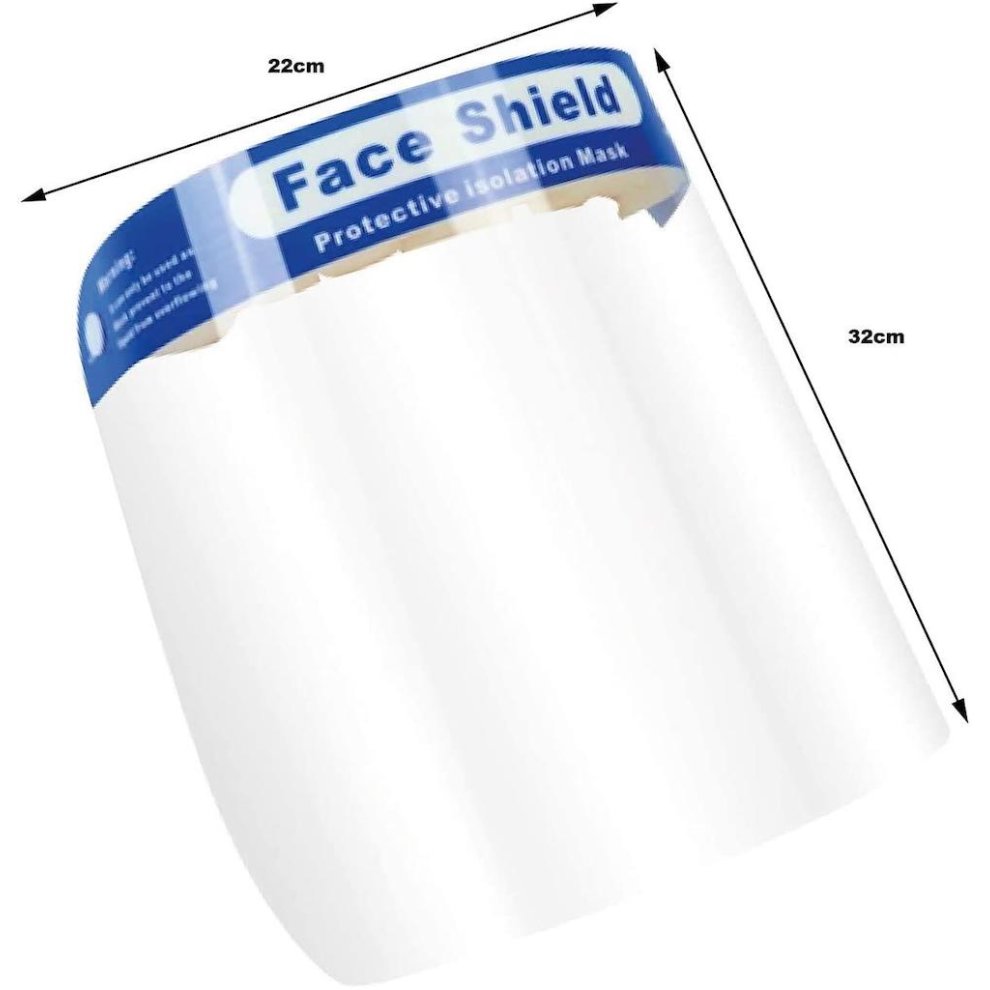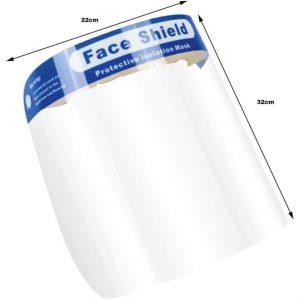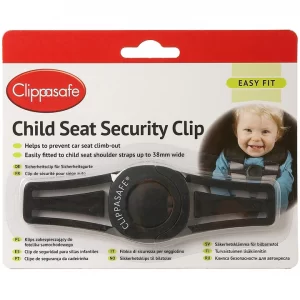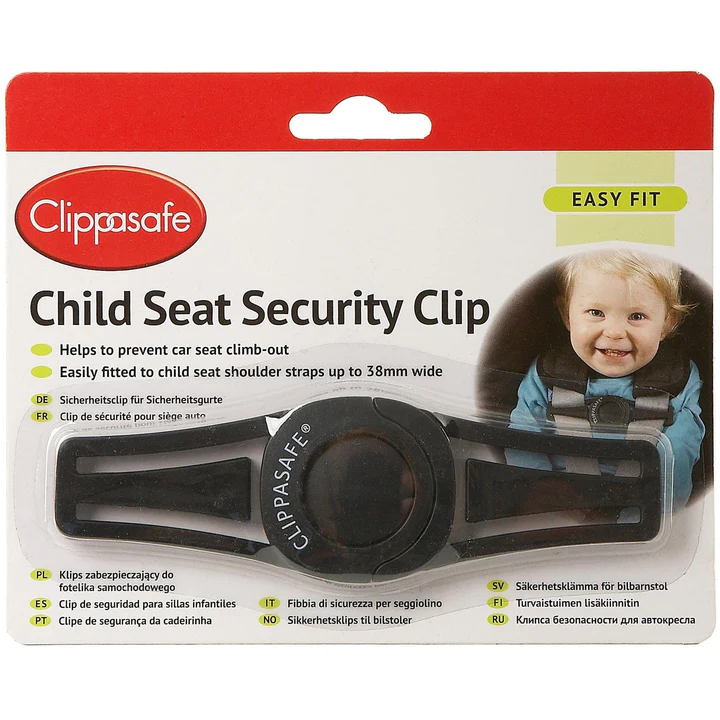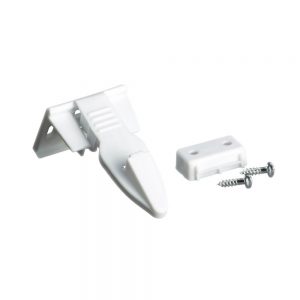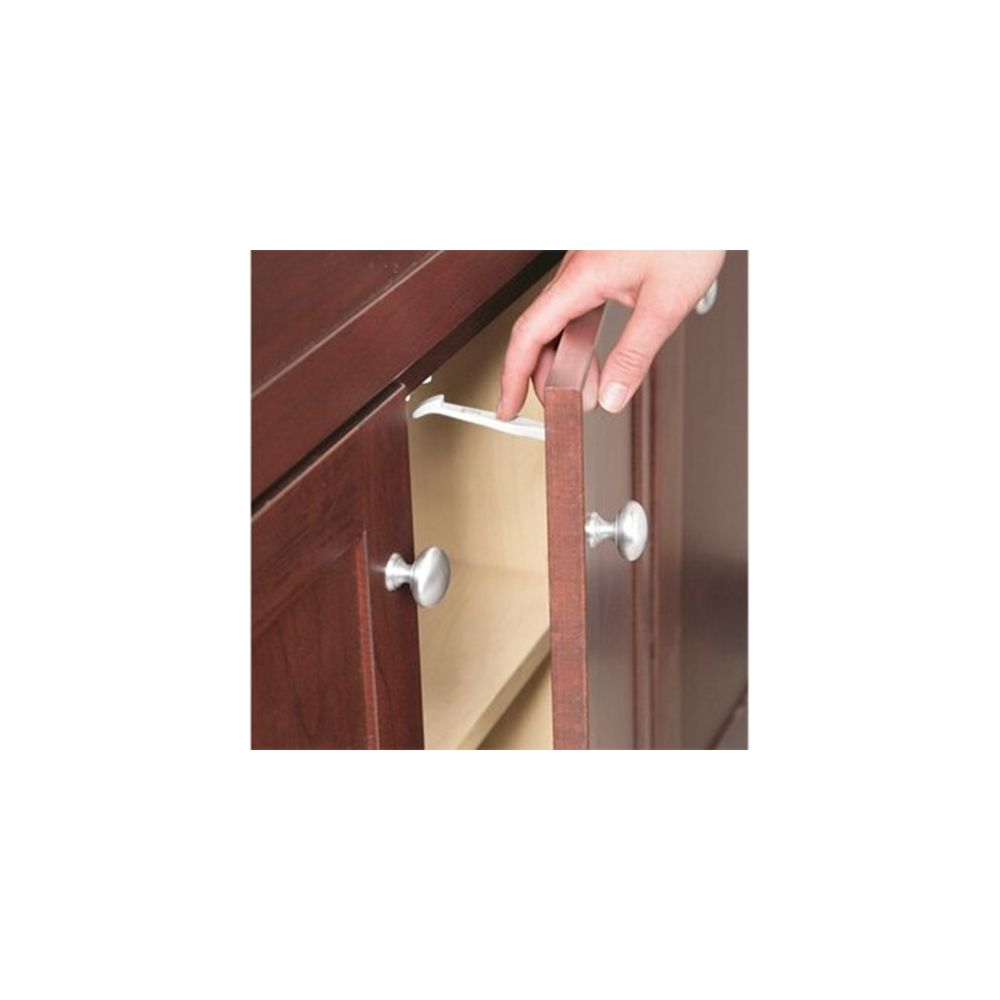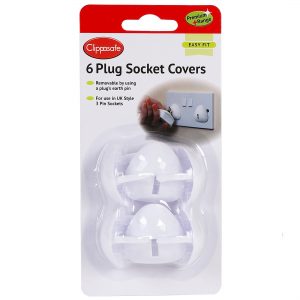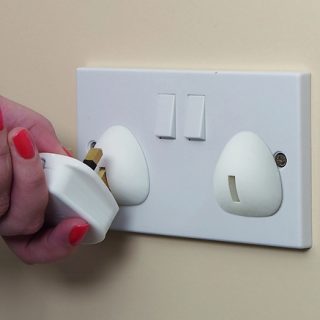Description
Face shields have been used in healthcare settings for a while now, but they’ve become a staple for medical personnel who have to intubate patients with covid-19. Face shields are often worn during a wide variety of medical procedures. This includes surgeries or any procedure where bone fragments, blood or other bodily fluids could get into the eyes, nose and mouth.
A face shield is simply a curved plastic or Plexiglass panel attached to a headband that can be worn over the face. It should fit securely so there isn’t a gap between the band and the forehead. The shield should also extend beyond the chin.
A 2014 study showed that when tested against an influenza-infused aerosol from a distance of 18 inches away, a face shield reduced exposure by 96% during the period immediately after a cough. The face shield also reduced the surface contamination of a respirator by 97%.
Masks absorb droplets when we sneeze or cough. Face shields don’t. Dr. Esper stresses that should you decide to wear a face shield, you’ll need to sanitize it frequently.
If your face shield cracks or becomes damaged, don’t continue to use it. Many places offer face shields in bulk. This makes it easier for you to ditch the damaged face shield and move on to the next one.

